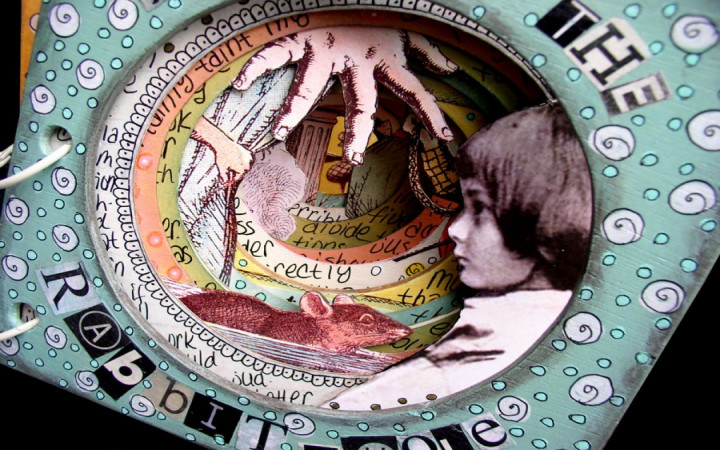Today’s Wonder of the Day was inspired by Wonder Friend. Wonder Friend Wonders, “What are tunnel books?” Thanks for WONDERing with us, Wonder Friend!
Books sure are changing these days, aren’t they? In the past, you needed to head to the library or the bookstore to browse the shelves for a new title. With today’s modern technology, though, your next great read is just a few clicks away.
Thanks to e-books, you can browse for new books on a tablet, smartphone, or computer. All that technology is great, but some people still like to hold a text in their hands and turn the pages with their fingers. This is especially true with movable books, such as pop-up books.
Some physical books are also works of art. There’s really no electronic substitute for these, as holding them gives the reader a special experience. And that’s certainly true of the subject of today’s Wonder of the Day: the tunnel book.
Be sure to watch today’s video if you’ve never seen a tunnel book. They’re so cool! In the category of movable books, tunnel books represent a unique mixture of storytelling with three-dimensional art.
Tunnel books contain pages that are held together by folded strips of paper on each side. In fact, the sides of the book might make you think of an accordion. The overall effect is an illusion of depth and perspective.
How do you “read” a tunnel book? You look through a hole in the front cover. Each page features openings that allow the reader to see through to the back page. The images on each page work together to form a three-dimensional scene. This helps tell the story.
Tunnel books date all the way back to the mid-18th century, when they were originally called “peep shows.” The concept was inspired by theatrical stage sets. Have you ever seen a live play with movable set pieces? If so, you may understand how they inspired tunnel books.
Where did the name “tunnel book” come from? Many of these types of books were created to celebrate the building of the tunnel under the Thames River in London in the mid-19th century. The name may have come from this. Throughout history, tunnel books have often been used to commemorate certain events. They’ve also often been sold as souvenirs at tourist attractions.
Tunnel books are still made today. Artist Carol Barton creates modern tunnel books that are very popular. Some artists have taken tunnel books to the next level. They turn their accordion sides and front and back covers into canvases for additional artwork. The next time you’re looking for a new book, give one of these unique works of art a try!
Standards: CCRA.L.3, CCRA.L.6, CCRA.R.1, CCRA.R.2, CCRA.R.4, CCRA.R.10, CCRA.SL.1, CCRA.W.3, CCRA.W.4, CCRA.W.10, CCRA.L.1, CCRA.L.2




